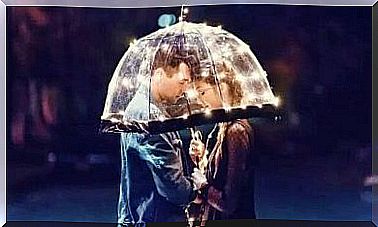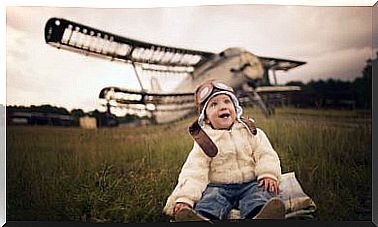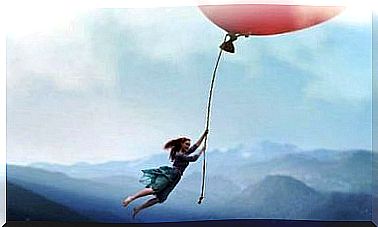Acinetopsia Or Blindness To Movement

Let’s imagine that one day we wake up, open the fridge, take the milk and pour it into the cup. Once full, we stop pouring. So far, everything is normal. Now let’s change the scenario: we start pouring the milk, but nothing comes out. We keep pouring it, but we don’t see the liquid come out of the bottle… until suddenly the cup is full and the milk spills onto the table. How is it possible? What happened? Welcome to the world of acinetopsia.
Acinetopsia is the inability to perceive moving objects. It is a visual agnosia. As Arnedo, Bembibre and Triviño (2012) describe, a visual agnosia is “an alteration in the visual recognition of objects (or of the concrete characteristics of the stimulus such as color or movement), where other visual abilities, such as the ‘acuity or figure-ground distinction, in addition to other main functions ”.
People with akinetopsia see the world in frames; this causes great difficulty in carrying out simple activities such as crossing the street. In fact, one is not able to see a car in motion, which is seen in one point and then in another.
In the best of cases the transition (speed) is sensed, but not perceiving the movement, it is not known exactly where the vehicle is at a given moment. For this the person risks being run over.
Going back to the example of milk, the trick is to insert a finger into the cup so as to notice when the milk reaches the rim. In other cases, there are no valid tricks. A person with akinetopsia cannot drive. If you know a person with this pathology, you cannot throw anything at them hoping that they will catch them: it is more likely that the object will end up hitting them.
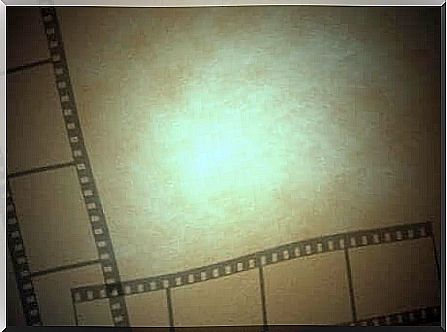
Types of akinetopsia
Fine or discreet
It is the most common type. The movement is perceived as a series of photographs arranged in sequence, very close to each other. This allows the person to reconstruct the movement with moderate precision.
In the example of the cup, instead of seeing it suddenly full, the subject sees it filling up in jerks, through static images. It’s not the most disabling type of akinetopsia, but it’s still annoying.
Macroscopic
It is less common, but more serious. Movement blindness is total. The patient who suffers from it passes from the moment the machine is far away, to the moment it is close, losing the visual information of the movement from one image to another.
It follows that it is unable to predict how or where an object external to itself will move. It may even witness “strange disappearances”.
Let’s imagine that a person with gross akinetopsia is in his living room, and another person arrives slowly. The person affected by the disease, most likely, will suddenly find it in front of him. This form is highly limiting.
Where is the problem?
Visual information moves forward ( feedforward ), that is, from the retina to the thalamus and from there to the occipital cortex. As they move away from the receiver, the computational complexity of the information increases. But this information is also processed backwards ( feedback).
This opposite process, as Javier Cudeiro (2008) of the University of A Coruña points out, “is established through the return connections of the brain through which a certain area can influence (or modulate) the activity of previous areas of the visual apparatus” .
Cudeiro states that this is a fundamental discovery and as an example he points to the medial temporal cortex, a key area for the perception of movement and its direction. Injuries of this region or electrical microstimulation have made it possible to detect serious deficits such as akinetopsia.
Álvarez and Masjuan (2015) state that “acinetopsia occurs following bilateral lesions of the parietal lobe (there are cases of unilateral lesions described) generally with ischemic or traumatic cause”.
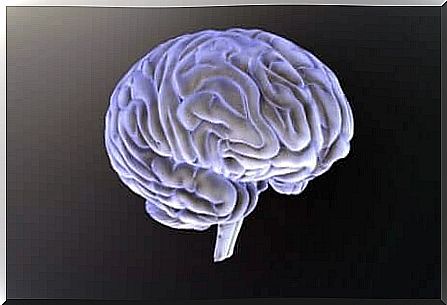
Conclusions on akinetopsia
Acinetopsia is a visual agnosia in full study: there are still many missing pieces for a complete understanding of the phenomenon. Each small step forward, however, requires enormous help for patients suffering from this problem, and whose quality of life is below the norm.
Álvarez and Masjuan report that “the individual has the sensation that objects jump from one side to the other without a continuous and fluid movement, appearing and disappearing in different points”. What must it be like to live one day in the shoes of a person affected by this agnosia?
The same authors also indicate that in this scenario it is also difficult to understand whether an object is approaching or moving away. How to tell if a car is coming or going? How to move in a world in constant motion?




